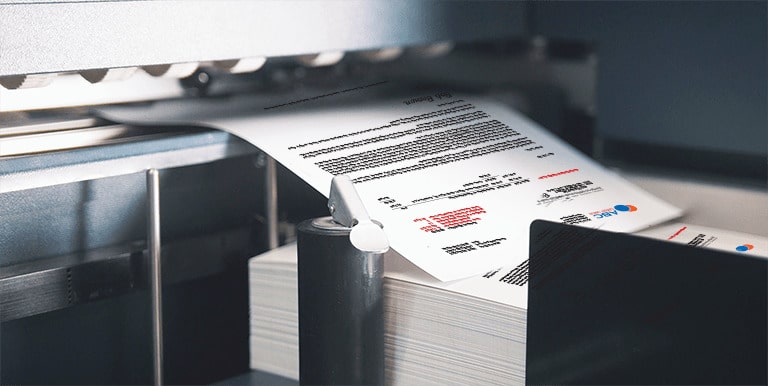Emperor Kangxi rewarded all those who reclaimed wastelands, offered massive sums of cash for water conservancy tasks and decreased the land taxation all through his 60-year’s reign, which enormously stimulated the restoration and advancement in agriculture of the Qing dynasty (1644-1911). Emperor Yongzheng followed his father’ (Emperor Kangxi) footsteps and continued to persuade agricultural marketplace. The social financial system was really prosperous through the reign of Emperor Qianlong, so the afterwards historians termed this time period “The Golden Age of 3 Emperors”.
Large wasteland was place less than the plough in the first 100 12 months of the Qing dynasty, with the national farming land masking an region of 5,260,000 hectares in the 18th year (1661) of Emperor Shunzhi’s reign, which increased to 8,510,000 hectares and 17,250,000 hectares in the 61st yr (1722) of Emperor Kangxi’s reign and 3rd calendar year (1725) of Yongzheng’s reign respectively. With the output of grains expanding year just after yr, the amount of population experienced reached 360,000,000 by the 3rd calendar year (1725) of Yongzheng’s reign, and the substantial-yielding sweet potatoes planted in Fujian and Zhejiang provinces experienced distribute to the Yangtze River place and the Yellow River place. The planting region for industrial crops experienced also greatly been expanded, together with tea, cottons, sugarcanes, tobaccos and mulberries, most of which turned commodities in the Qing dynasty.
The range of farmers who specialized in planting vegetables elevated considerably in the Qing dynasty, some of whom planted cucumbers and leeks in wintertime with the enable of tunnel greenhouses, getting extra and much more income. With the cotton-planting prevailing throughout the nation in Qianlong Time period, the cotton-planting region took up 4/5 of the full area in Hebei Province, and the sugarcanes ended up extensively planted in Guangdong Province and Taiwan, although the tobaccos were being greatly cultivated in Shandong Province, Zhili and Shangyu, all of which delivered extra uncooked components for further more growth in handicraft business.
Some plants imported from South American also contributed a lot to the rising selection of inhabitants in the Qing dynasty, like maize, sweet potatoes and potatoes, which had started to expand in China from South America via Southeast Asian Countries because the Ming dynasty. The planting, storing and processing system of sweet potatoes was completely described in the Agriculture Encyclopedia published by Xu Guangqi from the Ming dynasty (1368-1644), which liked a significant name in the filed of agriculture, and the planting system of sweet potatoes was perfected in Qi Min Si Shu created by Bao Shichen from the Qing dynasty.




